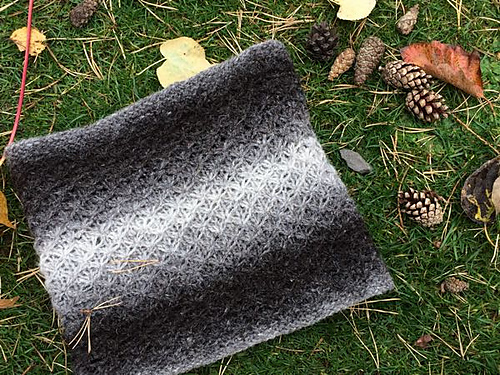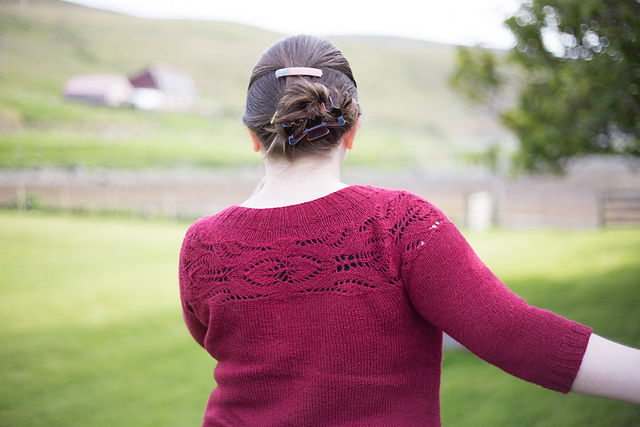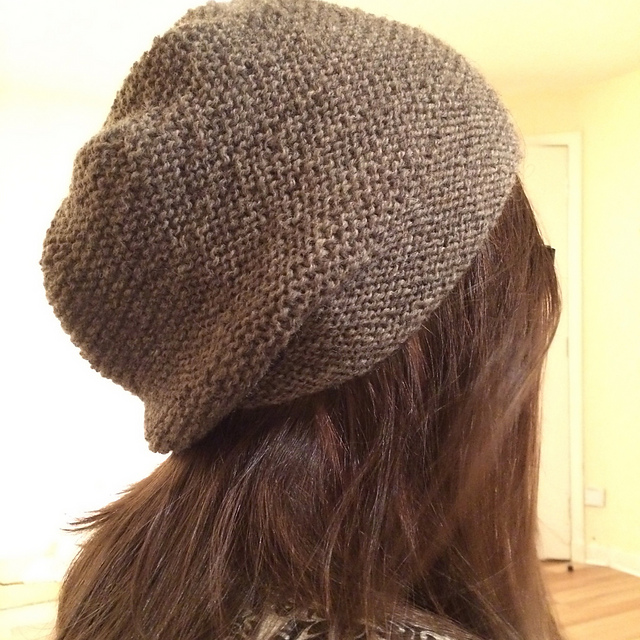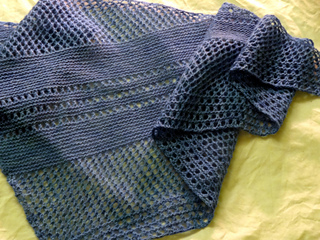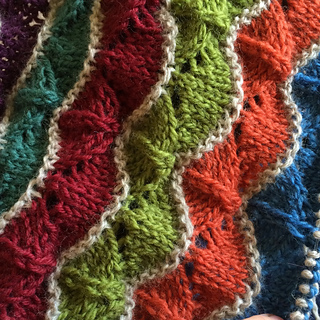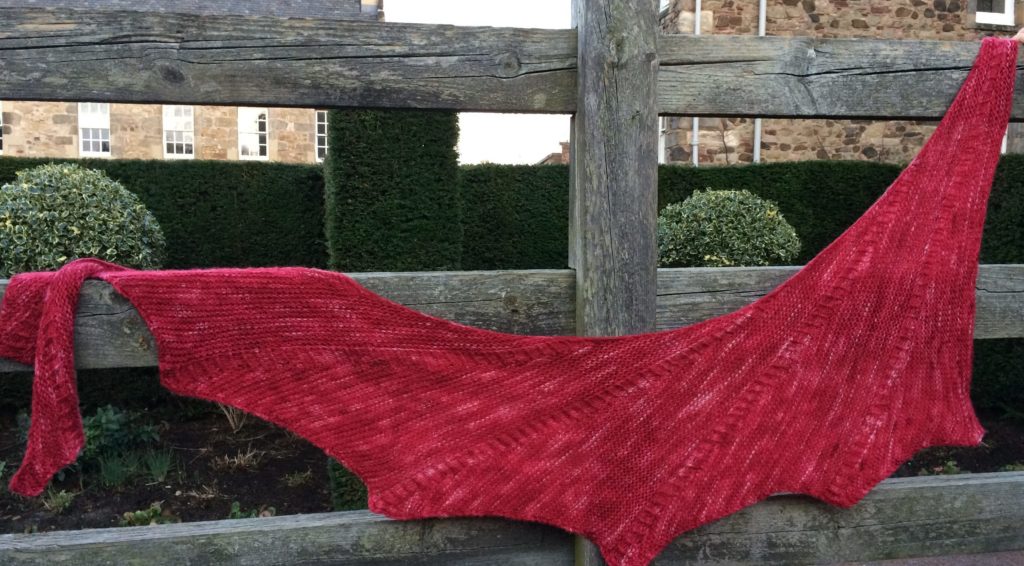As part of her own ongoing need for clear yarn labelling, Louise has been thinking about how the information on a band of wool can lead to a fuller understanding of the whole journey from sheep to finished knitted object.
I’ve written here before, and more regularly write and talk at KnitBritish, about the importance of buying local wool and thinking more about what goes into our yarn. It is still only about 6 years since I started to even wonder about where my stashed wool had originated. I hadn’t cared. I’m ashamed to say that it didn’t even occur to me to check that strip of paper or card, wrapped around our skeins and balls of wool, to see what information I could glean about the yarn.
I started KnitBritish – when the blinkers had been removed – because I wanted to chart the wonderful British wools I was exploring and I wanted to (hopefully) make more people aware of the small, indy yarn businesses who were creating them. Buying British became, quite easily, a lifestyle and not just a preference. Over these last five or six years I’ve come to understand that it is these small, independent wool businesses who are truly making the biggest leaps in the UK wool industry and bringing us the very best breed yarns and unique blends. Most of them are working on their yarn business from their kitchen tables. Perhaps they are doing so as an addition to a farm business, but all are working with wool in-depth. Their skills and knowledge and collaborations with others in creating these yarns are very valuable.
I’ve also learned is that the label on the wool needs to encapsulate many factors, to satisfy our needs – not only technical and practical information, but information that gratifies and satisfies on a whole other level. Labelling is definitely not a new topic to discuss at Wovember; we’ve discussed EU labelling with John Arbon, Sue Blacker has discussed the labelling legislation which affects Blacker and Natural Fibre Company and Rachel Atkinson talked with us about creating labels for her Daughter of a Shepherd yarns, but I wanted to talk about how wool labels and ball bands directly impact on my “woolness” and – I know – for many other wool explorers!
| What is compulsory?
- weight, e.g. 50 or 100g
- fibre composition
To comply with UK Weights and Measures legislation a ball band must clearly state the weight in grams or ounces, or an approximation. Different wool and fibres can vary and are apt to change, due to humidity, for example. In terms of fibre composition, this means that simply “wool” “acrylic”, or other animal fibres needs to be stated.
| Important info that we need to see on a ball band
- knitting weight – DK, Aran, etc
- yardage / meterage
- Colour name and dyelot, where appropriate
- recommended gauge *
- recommended needle size *
- washing and care instructions *
Knitting weight and yardage, whilst not compulsory by law or standards, is really important. We need to know our yarn is the right weight for our chosen pattern and that we will have enough of it for our project. There can be arguments here that there are SO many weights now that it can be hard to know what to put. For example, some yarns which are called DK can knit better for worsted or aran projects. Worsted in itself, much like Sport weight (somewhere between a 4ply and a DK), are quite new to the yarny vernacular in the UK, being more popular in North American yarns – but perhaps that is a post for another day. I still maintain an approximate knitting weight is important info to have on a yarn ball.
I use asterisks for recommended gauge and needle because I do know that this may not be essential information. Many of us know what our own gauge is working in various weights of yarn, but also often we are working to a pattern gauge that is not the same as the one recommended on the band. Recommended needle size can be supplementary info to needs, however I do know that this information is of prime importance to many knitters, particularly knitters who buy yarn from commercial companies such as Drops, Wendy, Sirdar, etc with view to using that yarn with a pattern provided by the same yarn company. I’ve also asterisked care and washing for similar reasons. Many of us know to handle woolens with care, but it is important to some people and can be a basis of whether they buy the yarn or not, for e.g, if they need easy care items for children’s clothes.
| Why is some of this information being missed? I hear you ask!
I’m often surprised when things like yardage and knitting weight are missed off the label. Again, the broadening categories of knitting weights may be an issue and some small wool businesses may feel general terms are misleading, if they feel their yarn falls between categories. In terms of yard/meterage though this is really essential information and it really makes a difference for me whether I buy the yarn or not. I often wonder (and I shall be very clear in saying that these are my thoughts and not founded on anyone’s testimony!) if this is due to a lack of understanding. I know that many small wool businesses are coming to the business either as a sideline to their farm or sometimes through other creative work, but not necessarily via knitting experience.The emphasis on what information is important is perhaps simply not known or understood. I can argue that the mill spinning the yarn should be making this information clear too, but then again perhaps, like the yarn business owners, they can only see the product as far as their own involvement with it and don’t know how essential that information is.
| The information that I believe is important to see on a label
- fibre composition and
- breed of sheep
- % of British wool used, where appropriate
- where it is grown
- where it is spun
- knitting weight
- weight in grams/ounces
- yardage/metereage
- contact details and links to online places, where possible
While that looks like an awful lot to fit on a label, this information not only gives us rounded information about what is in the wool we are buying, but it tells us what that wool is made of, where that wool has come from and the journey it’s taken to where you bought it. Not only that, but hopefully it has some links to websites or online places, where we can further our information. Even the most succinct mention of breeds or provenance can fill the blanks with important information. The gaps of knowledge on the vast majority of yarn labels often doesn’t even satisfy the basic information we need, so clear labelling should be a rallying cry – and one I’d like every discerning knitter to consider. Just as we want to know where our food has come from, or our clothes, we want to see this information on our other materials too. And it isn’t just a case of wanting – for some of us we need to see that information.
When I look at my knits pre-KnitBritish I can see glorious colour but I only know that the material was described as wool. Non-descriptive and anonymous. When I look at my projects from the last 6 years or so – NAY! If I tell you the clothes I’ve worn this very day, I see a hat knit in Zwartbles and Cheviot, from the Black Isle, spun in the Borders. Next to the hat on my desk are the wristwarmers I wore earlier; made from a blend of Teeswater Shetland cross and Black Welsh Mountain – the yarn grown, spun and dyed within a 100 mile radius. Over the back of my chair is a shawl in a small batch Shetland and Romney yarn. I’m wearing socks, spun of BFL and Poll Dorset, grown and dyed in Yorkshire and I have on a cardigan made from 100% Wensleydale yarn, also from Yorkshire. The satisfaction I get from knowing what has gone into my yarn and where that wool has come from is hard to describe, but it’s something that gives me a sense of enormous wellbeing.
a (small) selection of my knits since knitting with only British wool
The sheep, the people who care for them, the spinning and the craftsmanship that goes into creating yarn, the artistry of the dyer and the vision of the person who just wanted to make a yarn that people would love and that would speak of all of this, and so much more… That is what I see in my knits and that is what a bit of writing on a label gives to me.
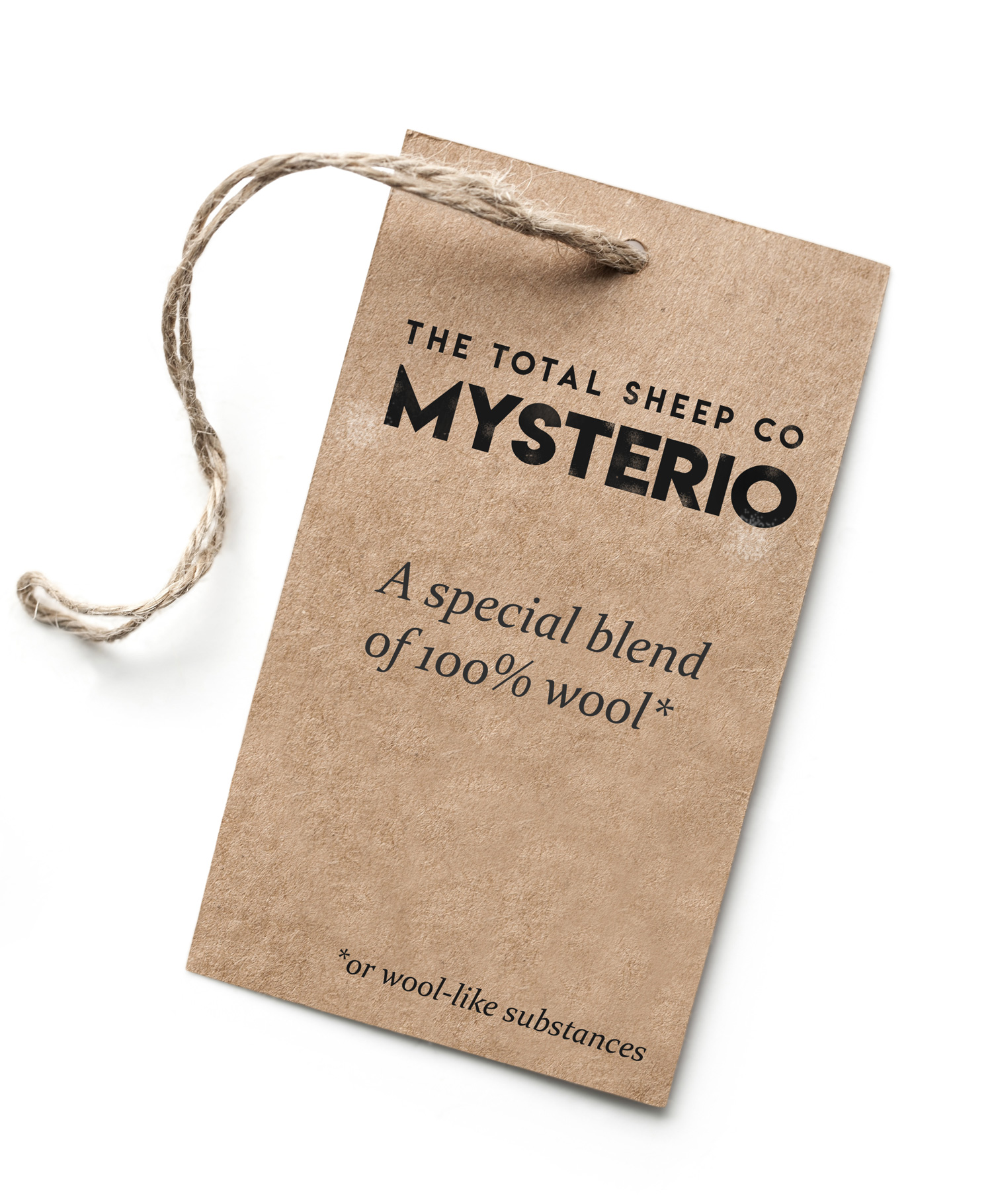
Louise has had Clear Labelling focus at KnitBritish and encourages yarn lovers to challenge the information that appears – or more commonly, does not appear – on the label. This winter Louise will be asking you about the information that you need to see on your yarn and how that contributes to purchashing decisions, and also to wellbeing and product satisfaction. To be kept up to date with this, sign up for blog post email alerts at www.knitbritish.net

